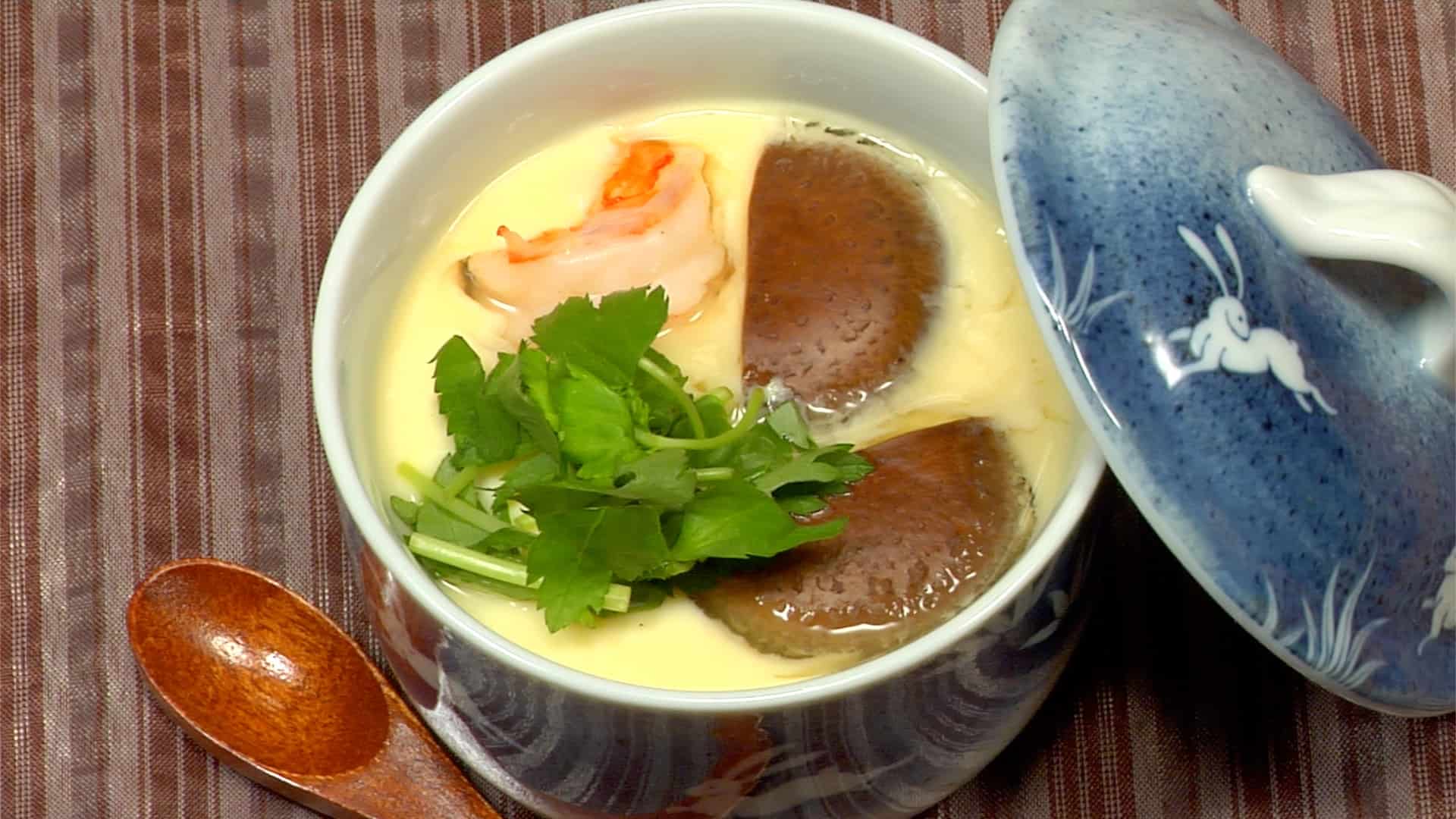Yakiniku, the Japanese art of grilling meat, has evolved into a culinary sensation that goes beyond a simple barbecue. From the sizzle of marbled beef to the aromatic waft of charcoal, yakiniku brings together the joy of cooking and the pleasure of savoring perfectly grilled meats. In this exploration of Yakiniku Bliss, we’ll delve into the origins of yakiniku, celebrate its unique dining experience, and uncover the contemporary trend of Yakiniku Innovation that is elevating this Japanese grilling tradition.
The Origins of Yakiniku
Korean Roots
Yakiniku, which translates to “grilled meat” in Japanese, has its roots in Korean barbecue. The dish made its way to Japan in the early 20th century, gaining popularity and undergoing adaptations to suit Japanese tastes. The concept of diners grilling meat at the table on individual grills became a social and interactive dining experience.
Tabletop Grilling Culture
Yakiniku restaurants typically feature tabletop grills, where diners can cook a variety of meats and vegetables to their liking. The communal aspect of sharing a grill and preparing food together has become a defining characteristic of yakiniku dining.
The Yakiniku Experience
High-Quality Ingredients
At the heart of Yakiniku Bliss is the focus on high-quality ingredients, especially marbled cuts of beef. Wagyu beef, renowned for its exceptional marbling and tenderness, is a star of the yakiniku grill. Other meats, such as pork, chicken, and seafood, also find their place on the grill, allowing diners to create a diverse and flavorful meal.
Flavorful Marinades and Sauces
Yakiniku is not just about the quality of the meat; it’s also about the artful marinades and dipping sauces. Diners often enjoy a selection of sauces, ranging from savory tare (soy-based) to citrusy ponzu, enhancing the grilled meats with nuanced and complementary flavors.
Food Trend: Yakiniku Innovation
The Yakiniku Innovation trend represents the contemporary exploration of unique cuts, cooking techniques, and flavor profiles within the framework of traditional yakiniku.
Wagyu Varieties
Yakiniku restaurants are increasingly offering a variety of Wagyu cuts beyond the well-known sirloin and ribeye. Unique cuts, such as zabuton (Chuck flap), karubi (short rib), and rump, are gaining popularity for their distinct textures and flavors. Yakiniku enthusiasts now have the opportunity to explore the diverse world of Wagyu beef.
Specialty Cuts and Offal
Innovative yakiniku establishments are introducing specialty cuts and offal to the grill, providing a more adventurous dining experience. From beef tongue and heart to liver and intestines, these cuts offer a range of textures and flavors that add depth to the yakiniku repertoire.
Smoked and Grilled Fusion
Yakiniku Innovation extends to smoking and grilling techniques that infuse additional layers of flavor. Chefs are experimenting with wood chips and charcoal to impart smokiness to the meats, creating a fusion of traditional yakiniku with elements of barbecue and grilled cuisine from around the world.
Where to Experience Yakiniku Bliss
For those eager to indulge in Yakiniku Bliss, a variety of culinary destinations provide opportunities to savor the diverse world of yakiniku.
Traditional Yakiniku Restaurants
In Japan and major cities worldwide, traditional yakiniku restaurants offer the authentic experience of grilling high-quality meats at the table. These establishments often feature a range of Wagyu cuts and provide a variety of sauces for diners to customize their grilling adventure.
Yakiniku Buffets
Yakiniku buffets have become popular, allowing diners to enjoy all-you-can-eat grilling with a selection of meats and side dishes. These buffets often offer a mix of classic and innovative cuts, providing a cost-effective way to experience a variety of flavors.
Yakiniku Fusion Eateries
Yakiniku fusion eateries are embracing the Yakiniku Innovation trend by incorporating unique cuts, offal, and creative flavor profiles. These establishments may blend traditional Japanese yakiniku with global culinary influences, offering a diverse and exciting menu for adventurous diners.
Embracing Yakiniku Bliss: A Culinary Celebration
In conclusion, Yakiniku Bliss invites us to celebrate the art of grilling, the pleasure of shared meals, and the pursuit of flavor perfection. Whether savoring classic Wagyu cuts or exploring innovative yakiniku variations, the Yakiniku Innovation trend offers a delicious journey into the world of Japanese barbecue. So, embrace the sizzle of the grill, relish the marbled goodness, and let each bite of yakiniku transport you to a realm where grilling perfection meets culinary delight.…





/https://assets-pergikuliner.com/uploads/image/picture/1221375/picture-1547605205.jpg)
